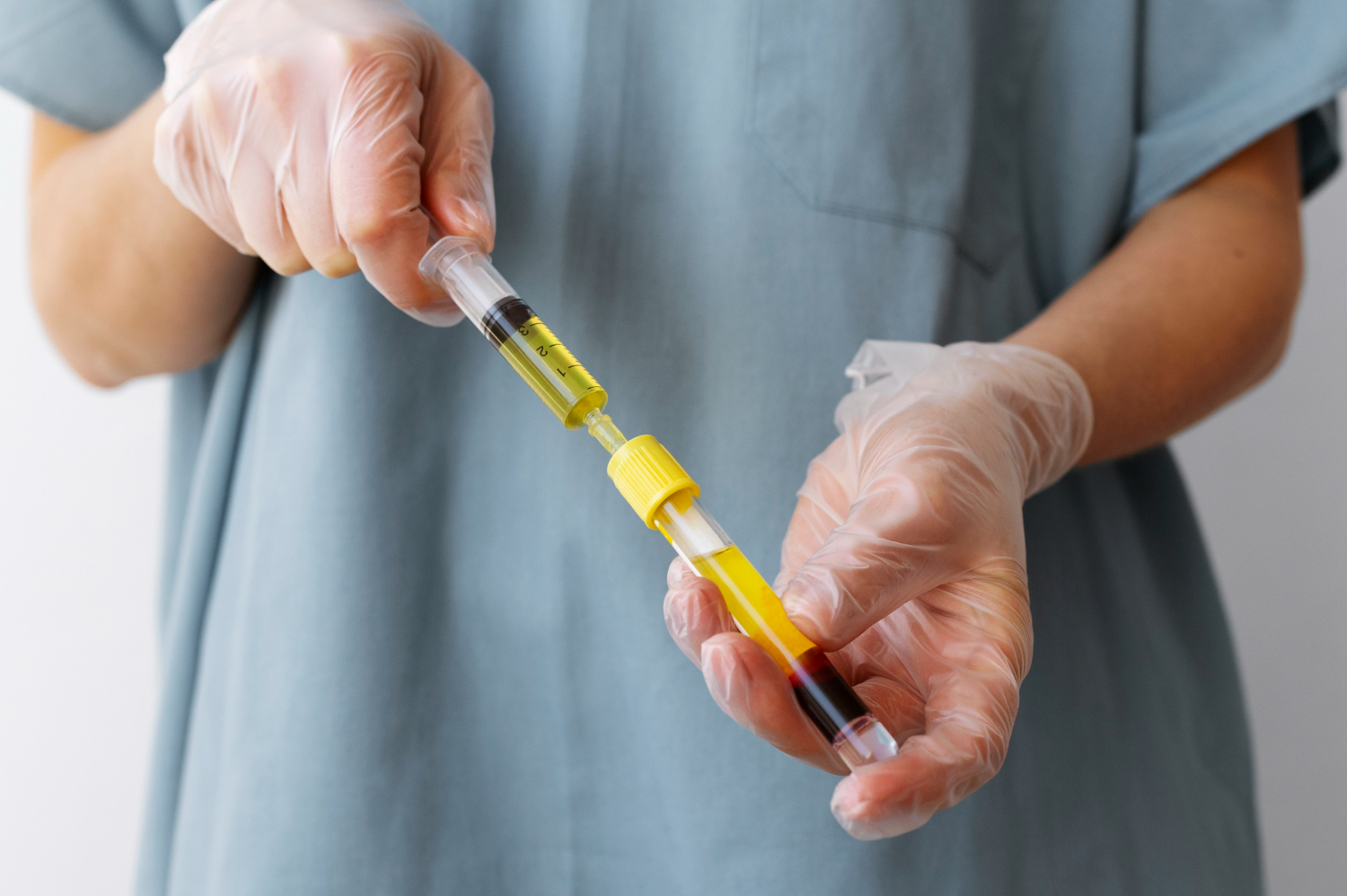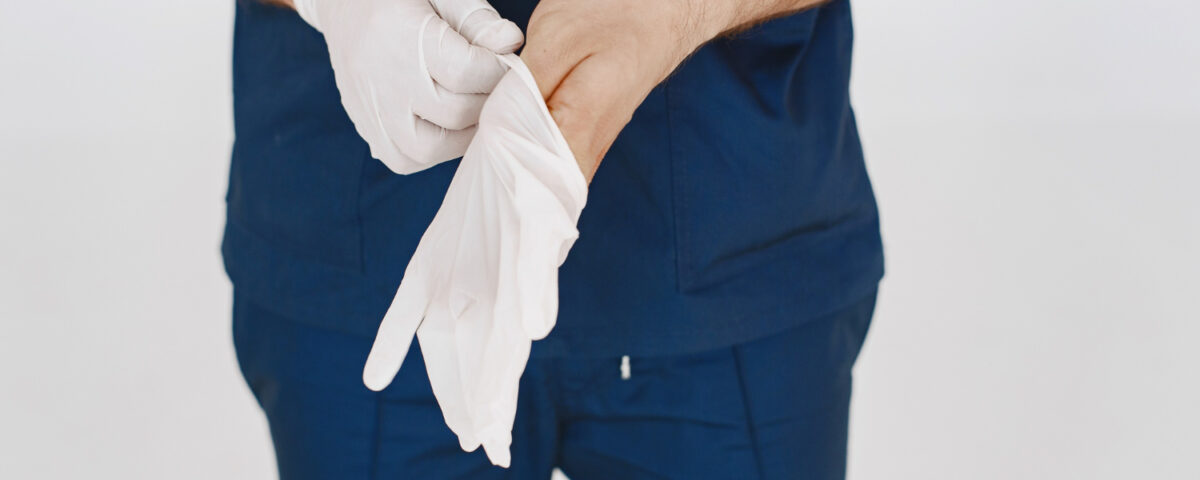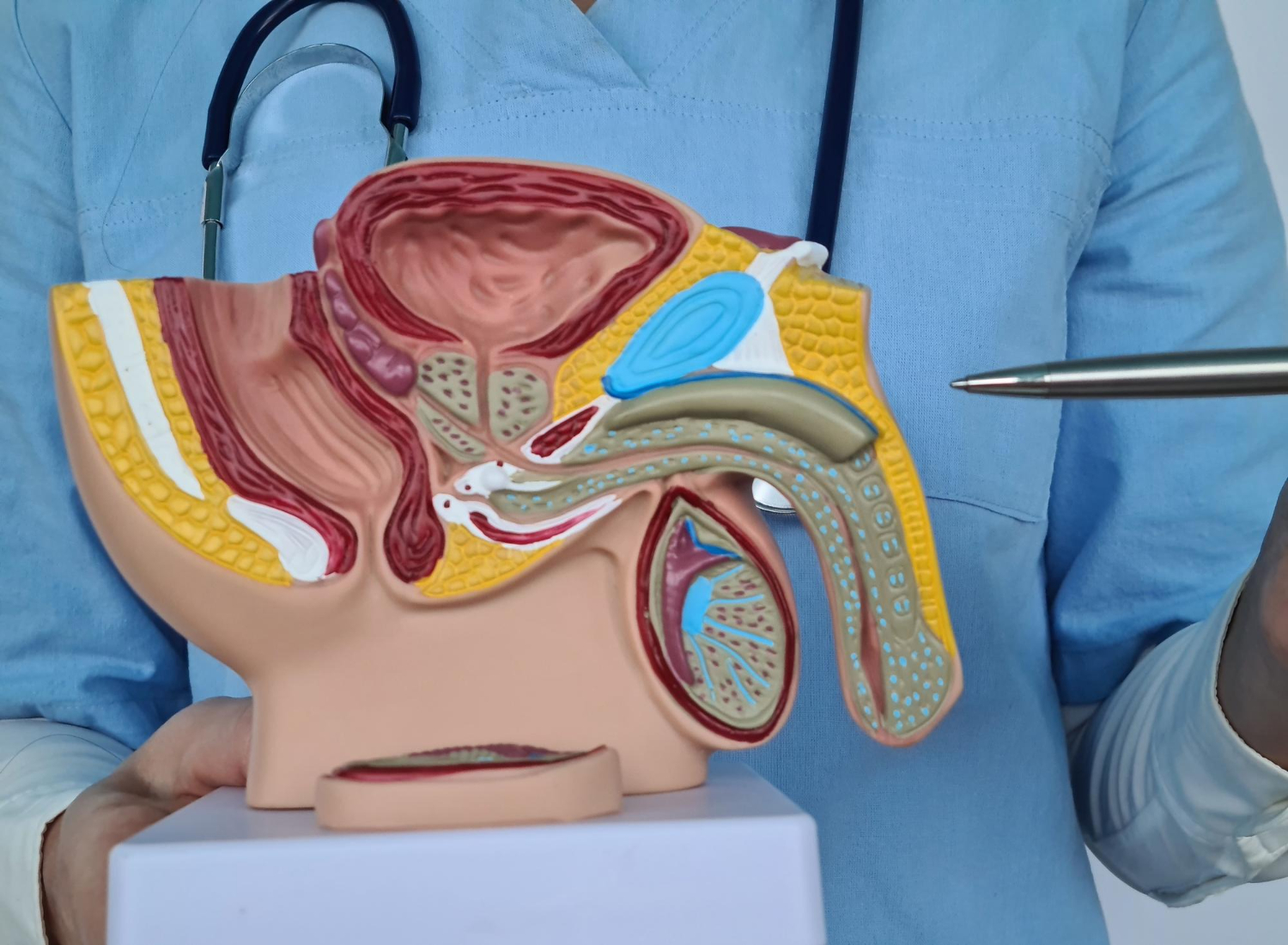Peyronie’s Disease is a complex medical condition, characterised by the formation of fibrous scar tissue inside the penis, which leads to abnormal curvatures during erection, persistent pain, and, in some cases, reduction in length or erectile dysfunction. This condition significantly affects quality of life, impacting both physical and psychological aspects, compromising men’s confidence and emotional well-being. When conservative treatments fail to provide the desired results and the deformity significantly impacts sexual function, it becomes necessary to consider surgical intervention as a primary option. For the most severe cases, surgery remains a fundamental element. What does the operation for Peyronie’s disease entail? In this article, Prof. Fabio Castiglione explains it, drawing on his vast experience and deep expertise, offering a personalised and advanced approach, integrating cutting-edge surgical techniques with non-invasive solutions like P‑Shocks®.
What does the operation for Peyronie’s disease entail? Complete guide with Prof. Fabio Castiglione
Surgical options for Peyronie’s disease
When conservative therapies fail to achieve sufficient benefits and the deformity significantly compromises sexual function, surgical intervention becomes a primary consideration to restore penile functionality. Surgical treatment aims to straighten the penis*, restore the original length and girth, and maintain or improve erectile function*, while minimising the risk of complications such as haematomas or loss of sensitivity.
Main surgical techniques:
Penile plication:
Plication involves applying sutures on the side opposite the fibrous plaque*, i.e., on the convex side of the penis. This method, although causing slight shortening, effectively corrects the curvature in patients with moderate deformities, typically less than 60-70 degrees. The technique is well-established and has a reduced risk of worsening erectile dysfunction, * offering a relatively simple approach to straighten the penis*.*
Grafting technique (Incision/Excision and grafting):
This procedure involves incising or excising the fibrous plaque*, followed by applying a graft to fill the created defect. The graft can be autologous, taken from the patient themselves (e.g., saphenous vein or buccal mucosa), or heterologous, using donated or synthetic material. The graft* allows for optimal restoration of penile length and girth*, maintaining erectile function and correcting complex curvatures.*
Penile prosthesis implantation:
When erectile dysfunction is particularly severe and does not respond to other treatments, penile prosthesis implantation represents a definitive solution. This surgical intervention consists of inserting prosthetic devices inside the corpora cavernosa, capable of restoring the rigidity necessary for a functional erection. Although it is the most invasive option, penile prosthesis implantation guarantees an immediate improvement in both curvature and erectile function, allowing patients to resume a satisfying sexual life*.*
Contact Prof. Fabio Castiglione at +447830398165 to discuss which surgical technique is most suitable for your needs and to receive an in-depth and personalised consultation.
Alternatives to surgery: The innovative P‑Shocks®

It is crucial to emphasise that surgery is not always the only path for treating Peyronie’s Disease. Prof. Fabio Castiglione has developed P‑Shocks®, an innovative and non-invasive approach that integrates various therapies to offer a personalised and comprehensive pathway. This treatment includes:
- PRP (Platelet-Rich Plasma): PRP injections utilise growth factors present in the patient’s plasma to stimulate healing and regeneration of tissues affected by the fibrous plaque.
What does the operation for Peyronie’s disease entail? Continue reading, but if you need a consultation, book a specialist appointment today at +447830398165!
- Low-Intensity shockwave therapy (LI‑ESWT): LI‑ESWT uses low-intensity acoustic waves to stimulate neovascularisation and reduce scar tissue, thereby improving erectile function and reducing pain.
- Focused Shockwaves: This technique is optionally integrated to further enhance the regenerative effect, acting directly on the areas most affected by the plaque.
This innovative approach is particularly suitable for patients in the early or moderate stages of the disease, offering significant results without resorting to invasive procedures.
Pre- and post-Operative considerations
Before proceeding with surgical intervention for Peyronie’s Disease, it is essential to undergo a comprehensive evaluation including a detailed medical history, a physical examination, and the use of advanced diagnostic techniques, such as doppler ultrasound. Prof. Fabio Castiglione guides patients through this process, providing clear information, answering any questions, and establishing a personalised care plan. After the surgery, the recovery period varies depending on the technique used, but usually requires a period of abstinence from sexual activity for 4–8 weeks. During the follow‑up, the patient is constantly monitored to check the healing process and manage any potential complications. Post-operative instructions include rest, the use of specific dressings, and adopting penile stretching exercises to optimise the results achieved.
Book a consultation at +447830398165 to receive pre- and post-operative support and discover the most suitable therapeutic path for you.
Costs of the procedure

The total cost of a surgical procedure for Peyronie’s Disease varies based on the complexity of the case and the chosen technique. Indicatively, costs start from around €6,200 and may vary according to the patient’s needs. Packages include in-depth diagnostic consultation, doppler ultrasound, post-operative monitoring, and nutritional support. Furthermore, flexible payment options are offered, with financing possibilities up to 12 months and discounts for complete bookings made in a single payment. These affordable and personalised solutions ensure that every patient can access the best care without financial compromises.
Request a free, personalised quote at +447830398165 and discover the financing options available for your treatment.
Conclusion
In conclusion, surgery for Peyronie’s Disease represents an effective solution for correcting penile deformities that compromise sexual function. Whether it involves advanced surgical techniques like plication, grafting, or penile prosthesis implantation, or non-invasive alternatives like P‑Shocks®, the success of the treatment depends on an accurate specialist evaluation and a personalised therapeutic approach. Prof. Fabio Castiglione, with his international experience and multidisciplinary approach, offers patients a complete care pathway, integrating cutting-edge technologies, nutritional support, and psychological assistance to ensure maximum benefit and a lasting improvement in quality of life.
Don’t let Peyronie’s Disease control your life. Take the first step towards recovery and sexual well-being. Book a specialist consultation today at +447830398165 and discover the therapeutic path most suited to you.


